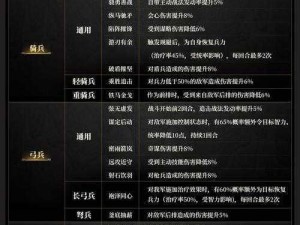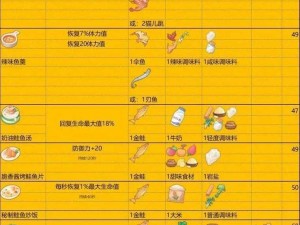High repeatability for precise measurements.
Repeatability is a crucial aspect of any measurement process. It refers to the ability of a measurement system to produce consistent results when measuring the same quantity multiple times. In this article, we will discuss the importance of high repeatability for precise measurements and the steps that can be taken to ensure it.
Repeatability is important for several reasons. Firstly, it ensures the accuracy and reliability of the measurements. If a measurement system has poor repeatability, then the results obtained may vary significantly from one measurement to the next, making it difficult to trust the data. Secondly, repeatability is essential for comparing measurements made over time or by different operators. If the measurements are not repeatable, then it is impossible to determine whether a change in the measured quantity is real or due to measurement error. Finally, high repeatability can help to identify and eliminate sources of measurement error, improving the overall quality of the measurements.
To achieve high repeatability, several factors must be considered. Firstly, the measurement system itself must be of high quality and calibrated regularly. This includes the use of accurate instruments, properly maintained and calibrated equipment, and a controlled environment in which the measurements are taken. Secondly, the measurement process must be standardized to ensure that the same conditions and procedures are used each time the measurement is made. This includes factors such as the measurement technique, sample preparation, and the time allowed for the measurement to stabilize. Thirdly, the operator must be trained to ensure that they are using the measurement system correctly and that they understand the importance of repeatability. Finally, the measurement system should be regularly calibrated and maintained to ensure that it continues to perform at a high level.

One way to assess the repeatability of a measurement system is to calculate the repeatability standard deviation (SR). This is the standard deviation of the measurements obtained when the same quantity is measured multiple times by the same operator under the same conditions. The lower the SR, the better the repeatability of the measurement system. To calculate the SR, a series of measurements is made and the individual measurements are subtracted from the mean. The differences are then squared and summed. The square root of the sum is the SR.
Another important factor in ensuring high repeatability is the use of appropriate statistical techniques. These techniques can help to identify and eliminate sources of measurement error, as well as to determine the confidence intervals for the measurements. Some common statistical techniques used in measurement include control charts, ANOVA (analysis of variance), and regression analysis.
In conclusion, high repeatability is essential for precise measurements. By following the steps outlined above and using appropriate statistical techniques, it is possible to ensure that measurement systems are accurate, reliable, and repeatable. This is crucial for ensuring the quality and integrity of measurements in a wide range of applications, from scientific research to manufacturing and quality control.







